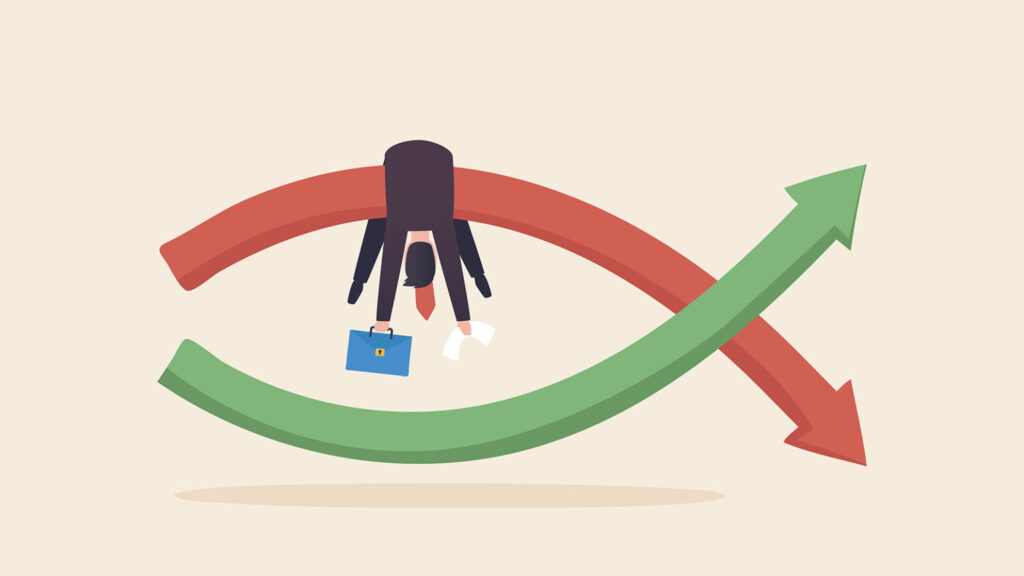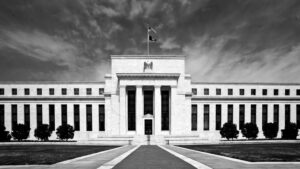Stagflation is a unique and challenging economic situation characterized by the simultaneous occurrence of stagnant economic growth, high unemployment, and high inflation. This phenomenon defies the typical inverse relationship between inflation and unemployment, making it particularly difficult for policymakers to address. First prominently observed in the 1970s during the oil crisis, stagflation poses significant risks to economic stability.
Understanding stagflation and its potential risks is crucial in today’s economic climate. By drawing lessons from history and closely monitoring current economic indicators, we can better prepare for and mitigate the impacts of stagflation. As we face high inflation, elevated asset prices, and ongoing labor market challenges, it is essential to remain vigilant and proactive in addressing these complex economic issues.
In the 1970s, stagflation became a major economic concern due to the oil shocks that drastically increased production costs and led to widespread price hikes. The combination of high inflation and stagnant growth created a dilemma for economists and policymakers, as measures to reduce inflation often worsened unemployment and vice versa.
Addressing stagflation requires a delicate balance. Traditional economic tools are often designed to target either inflation or unemployment, but not both simultaneously.
Fast forward to today, and several factors suggest that the global economy might once again face the risk of stagflation. These include persistent supply chain disruptions, high inflation, elevated asset prices, and labor market challenges.
Supply Chain Disruptions Global supply chains have faced significant disruptions, particularly due to the COVID-19 pandemic. These disruptions have led to increased production costs and shortages of key goods, driving up prices and potentially slowing down economic growth.
High Inflation Many economies are currently experiencing high inflation rates. This is partly due to supply chain issues and the surge in demand as economies recover from the pandemic. Rising prices for goods and services erode consumers’ purchasing power, potentially leading to reduced economic activity.
High Asset Prices Asset prices, especially in real estate and stock markets, have surged in recent years. While this can be a sign of economic confidence, it also raises concerns about speculative bubbles. If these bubbles burst, it could lead to significant economic slowdowns.
Labor Market Challenges The labor market remains a critical factor. High unemployment or low labor force participation can contribute to economic stagnation. Current labor market conditions are marked by a mismatch between job openings and available workers, which can further complicate economic recovery.

Given these conditions, the risk of stagflation is not negligible. High inflation coupled with slow economic growth and labor market challenges creates a precarious economic environment. If these trends continue unchecked, we could see a repeat of the stagflationary period of the 1970s.
Addressing stagflation requires a delicate balance. Traditional economic tools are often designed to target either inflation or unemployment, but not both simultaneously. For instance, raising interest rates can help control inflation but may also slow down economic growth and increase unemployment. Conversely, measures to stimulate economic growth can exacerbate inflation.
Policymakers must carefully navigate these challenges, possibly employing a mix of monetary and fiscal policies tailored to address the unique aspects of stagflation. This might include targeted support for affected industries, measures to improve supply chain resilience, and policies aimed at enhancing labor market flexibility.














